14 Early Signs Of Pet Obesity And How To Spot Them
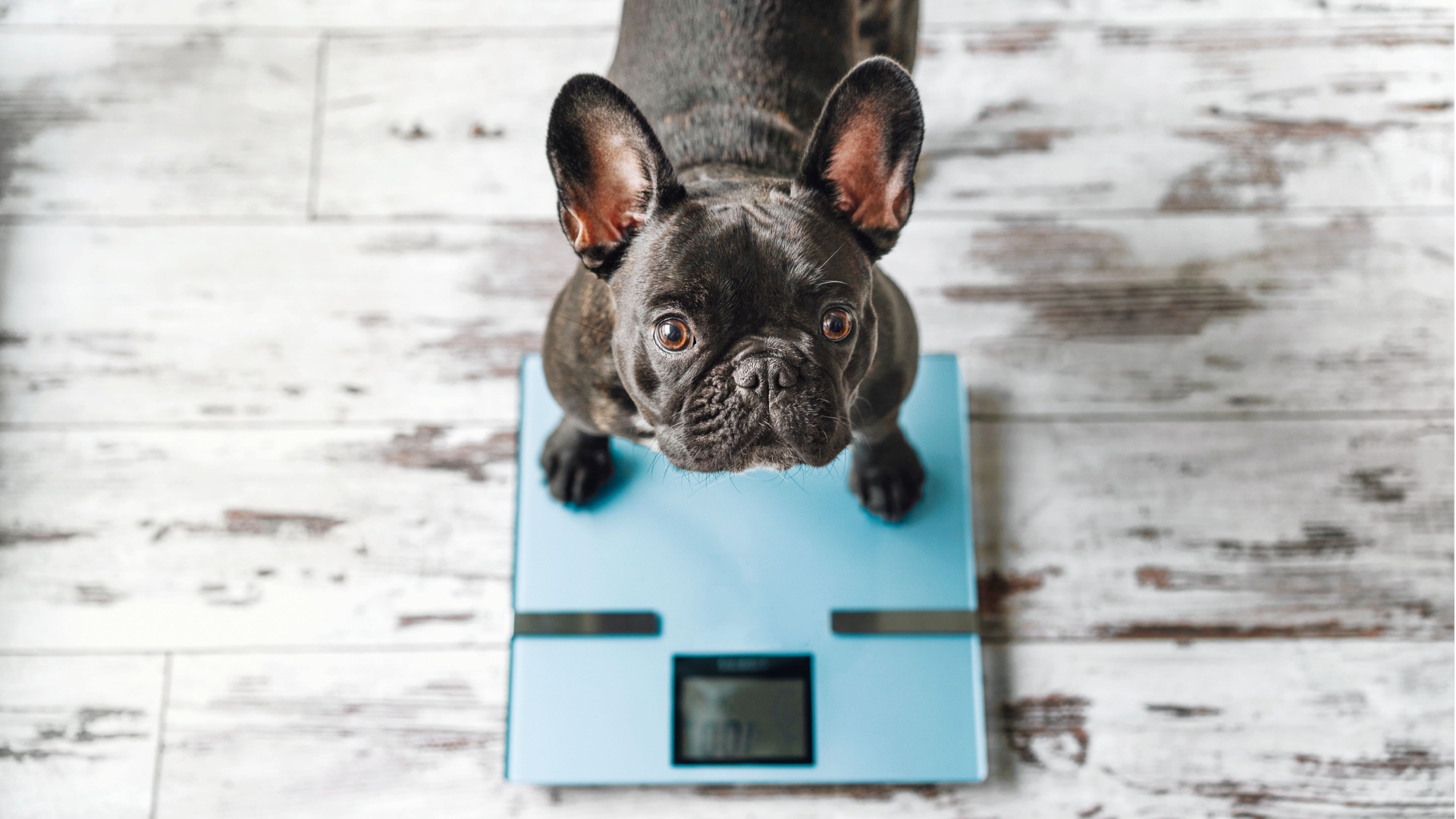
Is your pet looking a little too well-fed these days? While those extra treats and adorable begging eyes are hard to resist, a little too much love (in the form of snacks) can lead to pet obesity.
The early signs can be sneaky – maybe your furry friend isn’t as playful, struggles to jump onto the couch, or their collar seems a tad snug. But don’t worry! Catching the warning signs early can help keep your pet happy, healthy, and ready for zoomies.
Let’s dive into the subtle clues that your pet might be packing on a few too many pounds!
1. Chunky Monkey
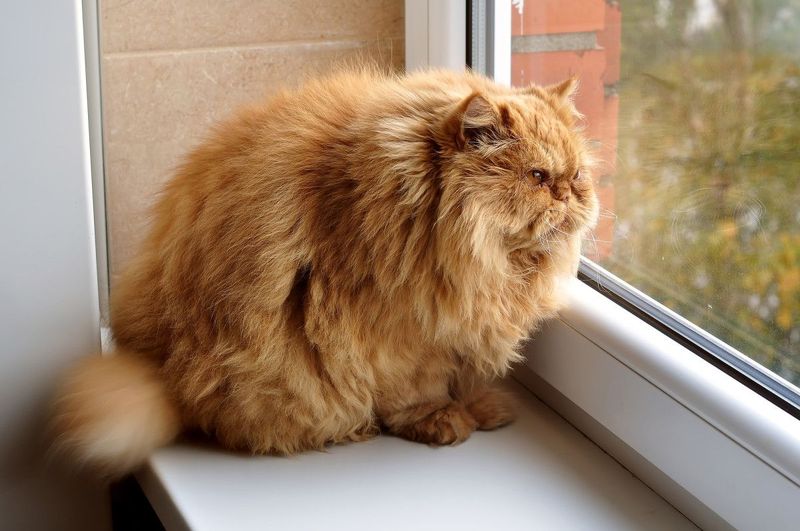
Is your pet looking a bit more rounded than usual? If they’re starting to resemble a fluffy marshmallow, it might be time to evaluate their eating habits. One of the first signs of pet obesity is a noticeable increase in weight, especially around the midsection. In dogs, this can be seen as a lack of a defined waistline, making them look like a furry cylinder.
While a little extra fluff might be cute, it’s important to take action before it becomes a health issue. Regular weigh-ins can help monitor your pet’s weight and provide insight into any gradual increases. If your pet seems to have a bit more jiggle during playtime, it might be wise to consult a vet for a professional assessment.
Remember, a healthy pet is a happy one. By addressing these early signs, you can help your furry friend maintain their zest for life. So, the next time you see your pet’s tummy wiggling with each step, consider a balanced diet and more active playtime to keep those pounds in check!
2. Heavy Breather
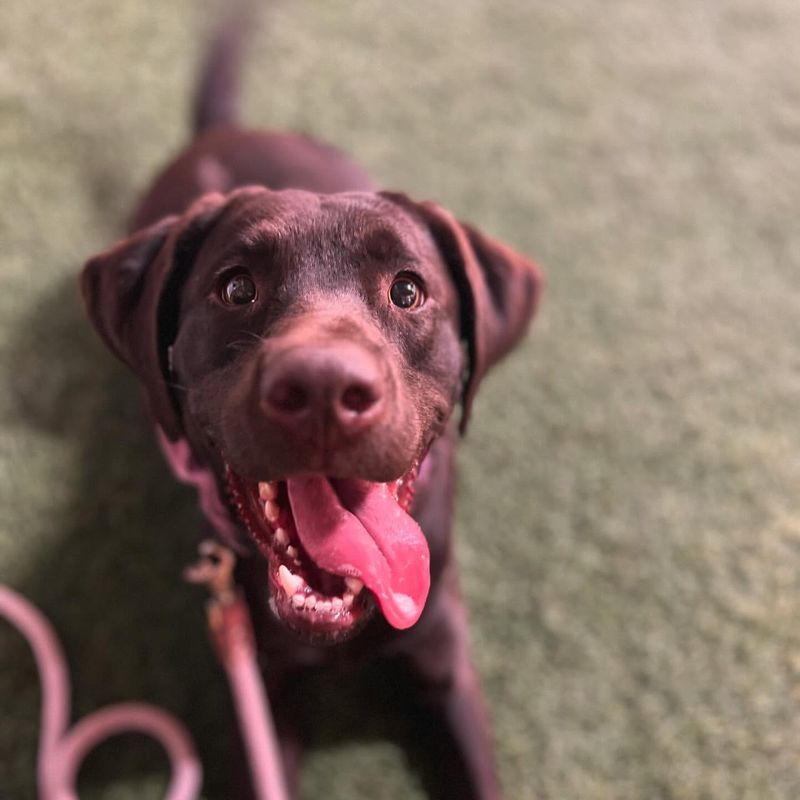
Heavy breathing, especially during mild activity, is an early indication of obesity. When those extra pounds start adding up, it puts additional stress on your pet’s cardiovascular system. This stress can cause them to pant or breathe heavily even after moderate play.
It’s not just about the weight; it’s about how it affects their overall well-being. A pet’s respiratory health is a clear indicator of their physical condition. If you notice your pet puffing and panting like they’re running a marathon after a short walk, it’s time to rethink their exercise and diet routine.
Keeping track of these subtle changes can make all the difference. Encourage regular but moderate exercise to help them shed those extra pounds. A healthier weight means easier breathing and a happier pet. So, let’s help them lighten the load and breathe easy.
3. Food Fanatic
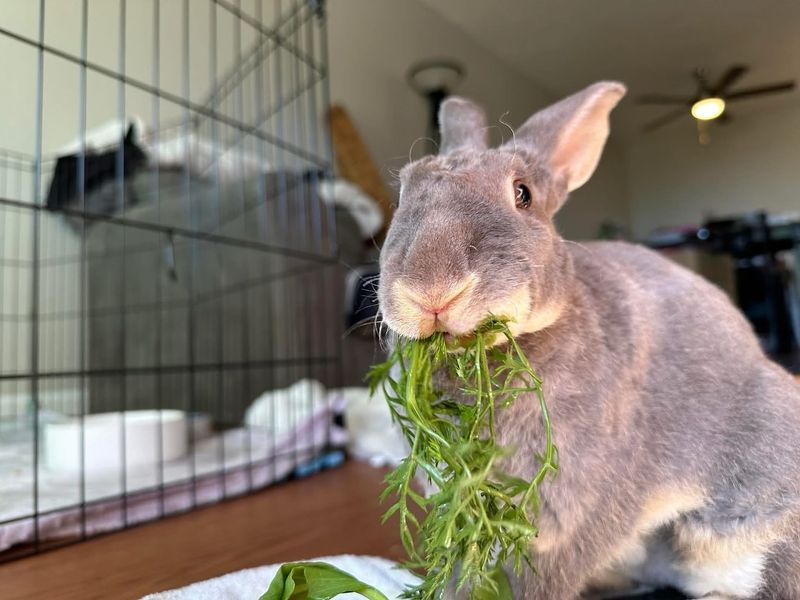
Has your pet become the ultimate food enthusiast, always on the lookout for snacks? An increased appetite and constant begging for food can signal that your pet’s caloric intake is outpacing their needs. This behavior often leads to overeating, which is a direct path to obesity.
While it’s hard to resist those pleading eyes, it’s vital to set boundaries. Ensuring portion control and providing a balanced diet can help curb those cravings. Consider using measuring cups or a food scale to keep track of meal sizes and avoid overfeeding.
Engage your pet with interactive feeders or toys that make mealtime fun and stimulating. By doing so, you help them eat at a slower pace and feel fuller for longer. So, next time your pet gives you “the look,” think of it as a chance to reinforce healthy habits and keep those extra pounds at bay.
4. Lethargic Lounger
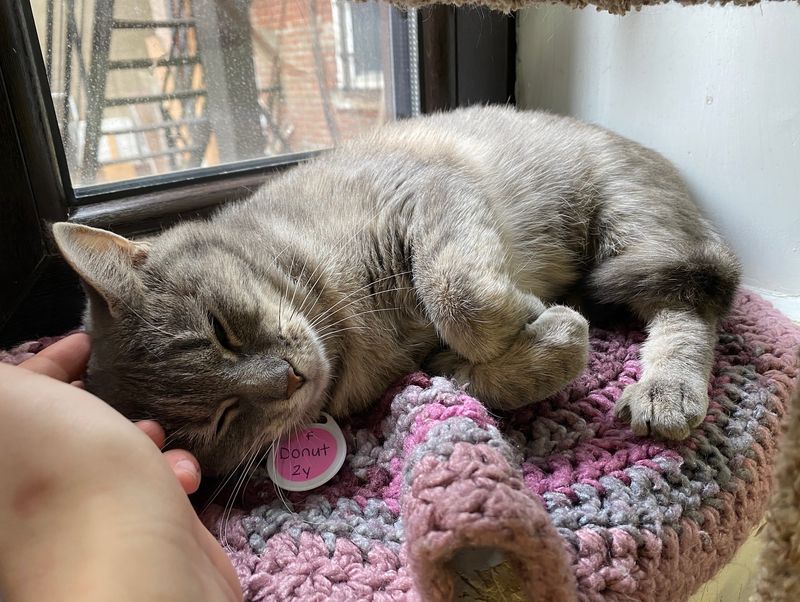
If they seem more interested in snoozing than playing, it could be a sign of obesity creeping in. Pets that carry extra weight often become less active, preferring the comfort of their favorite napping spot.
This lethargy is not just about being lazy; it’s a red flag for potential health issues. Reduced activity can lead to a vicious cycle where weight gain causes inactivity, which in turn leads to more weight gain. Breaking this cycle requires a gentle push toward regular exercise and an engaging environment.
Encourage playtime and interactive activities that get your pet moving. Daily walks, fetch, or even a fun game of hide and seek can work wonders. By making exercise enjoyable, you can help your pet shed pounds and regain their zest for life. Who knew getting fit could be so fun?
5. Scoot and Slide
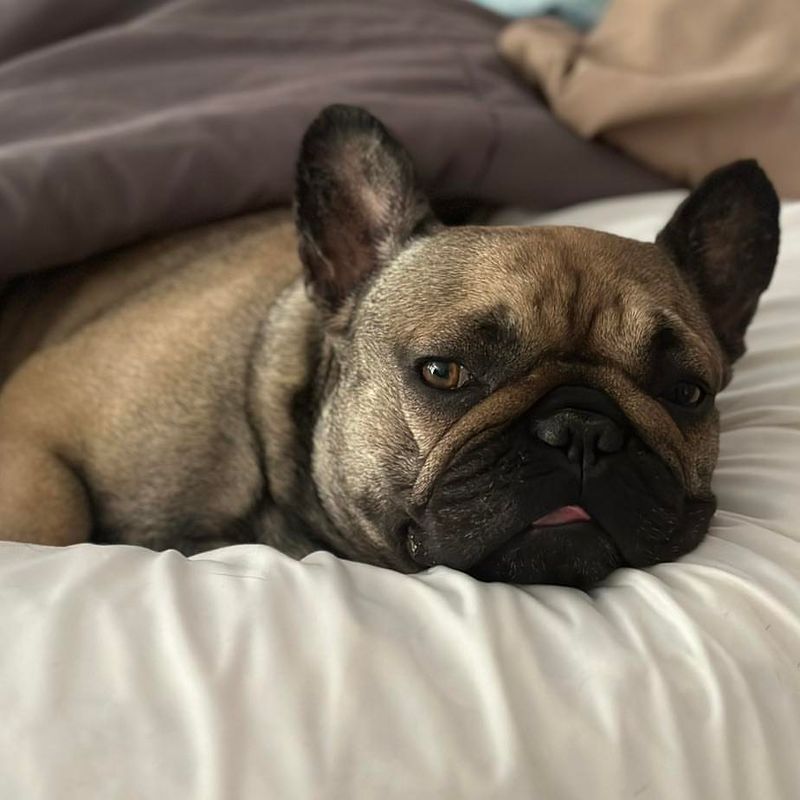
Difficulty getting up from a lying position or moving with less grace could indicate weight issues. When pets are carrying extra baggage, even simple movements can become a chore.
This change in mobility is more than just an awkward moment; it’s a signal that their joints may be under stress. Obesity can lead to joint pain and mobility problems, making it harder for your pet to enjoy their daily routines.
Introducing joint-friendly exercises and a nutritious diet can help ease the pressure on their joints. Consult your vet for guidance on supplements or specific food that supports joint health. With a little effort, you can help your pet glide through life with ease and comfort, turning those scoots into smooth moves.
6. Belly Drag
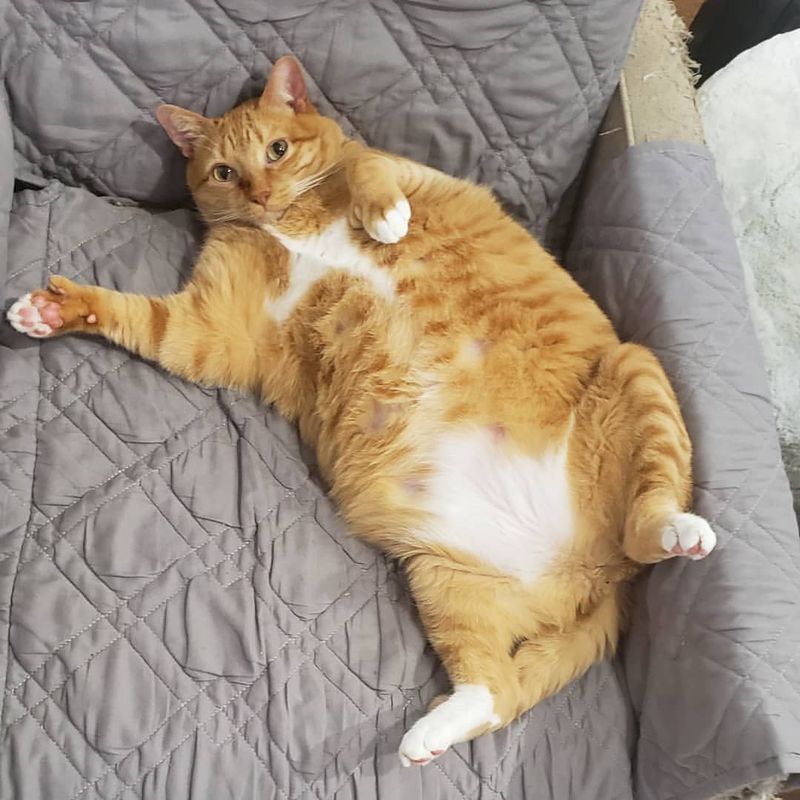
Is your pet’s belly making more contact with the ground than before? A sagging tummy can be a sign that obesity is making itself known. This belly drag is not just a fashion faux pas; it’s a health concern that needs attention.
A drooping belly can indicate excess fat accumulation, particularly in older pets. This isn’t just about aesthetics—it’s about ensuring your pet’s overall health. Keeping an eye on their belly size can provide early warnings that it’s time for a dietary adjustment.
To tackle this issue, consider switching to a low-calorie diet and encouraging more physical activity. Regular vet check-ups can also provide guidance and support. By addressing the belly drag, you’re not just lifting their tummy off the ground; you’re lifting their spirits and health.
7. Neck Roll Napkin
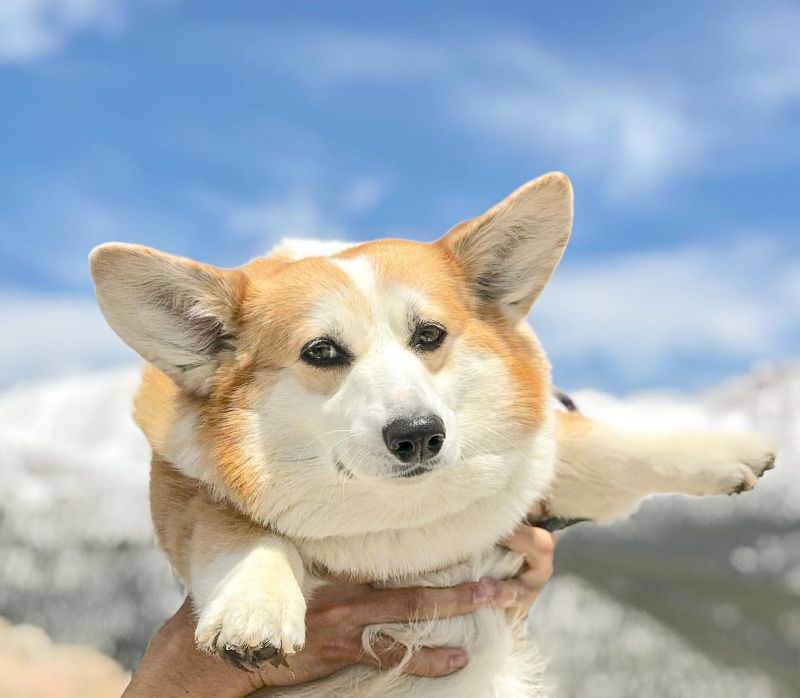
Excess fat around the neck and shoulders can be an early sign of obesity in pets. While it might look adorable, these extra rolls can indicate that your pet is packing on more than just charm.
Neck rolls can develop when pets consume more calories than they burn, leading to fat storage in areas that were previously sleek. Monitoring these changes is crucial, as they could lead to more severe health issues if left unchecked. Regular grooming sessions can help you spot these changes early on.
Incorporating a balanced diet with adequate protein and fiber can help manage weight. Encourage active play and regular exercise to burn off those extra calories. By tackling those neck rolls, you’re not just enhancing their look; you’re boosting their health and happiness.
8. Waddle Walk
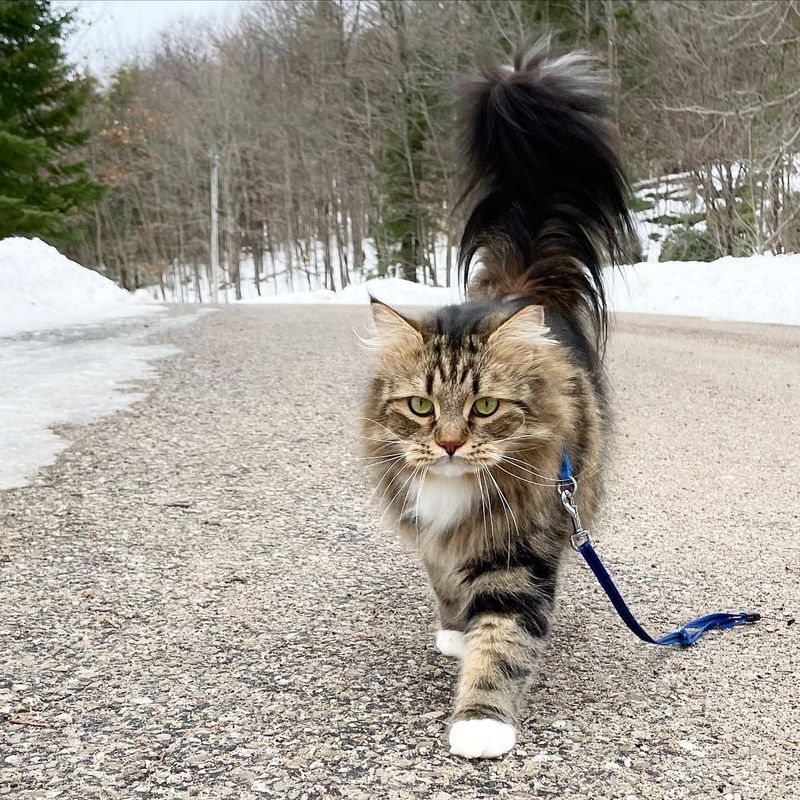
A change in gait, where your pet seems to waddle rather than walk, is a classic sign of canine or feline obesity. While it might look amusing, it’s a serious indicator that your pet’s weight might be affecting their movement.
Waddling often results from excess weight putting pressure on their joints, making normal walking uncomfortable. This alteration in movement can lead to further joint issues and mobility challenges if not addressed promptly.
To counteract the waddle, engage your pet in activities that promote movement and weight loss. Swimming is an excellent low-impact exercise that’s easy on the joints while being highly effective in burning calories. With the right mix of diet and exercise, you can help your pet strut their stuff with confidence and style.
9. Tail Trouble
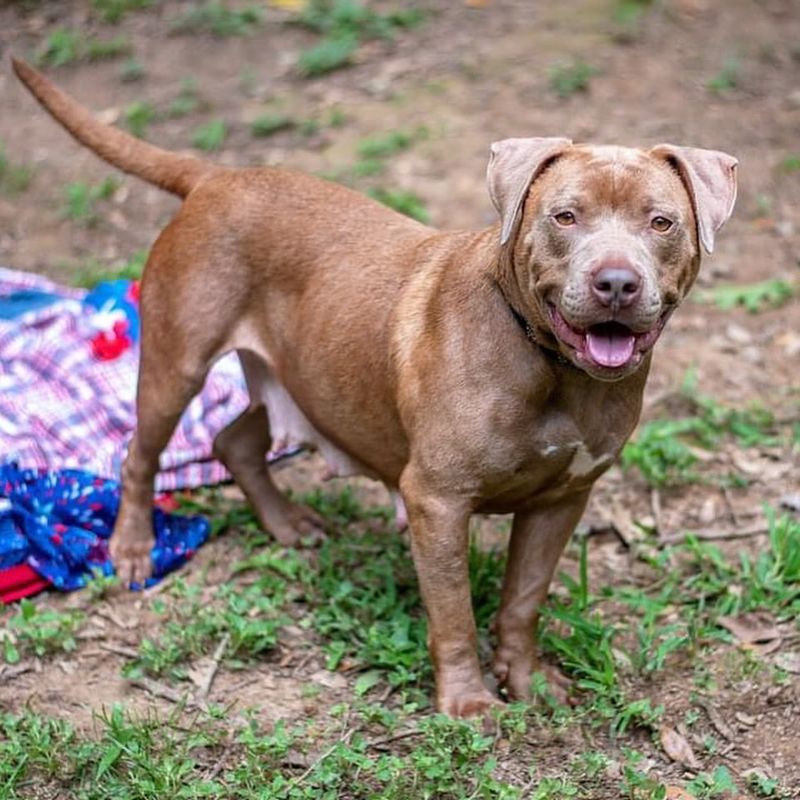
Is your pet’s tail starting to look like a fluffy sausage? A noticeably thicker tail could be an early sign of weight gain. While a little extra fluff might seem cute, it often signals underlying health concerns that need to be addressed.
Excess fat can accumulate around the tail base, giving it an unusually thick appearance. This is often accompanied by other signs of weight gain, such as decreased activity levels and increased hunger. Monitoring these changes can help prevent serious health issues down the line.
Incorporate a balanced diet and regular exercise into your pet’s routine to manage their weight effectively. Consult your vet for personalized advice tailored to your pet’s needs. By addressing the tail trouble, you’re not just trimming inches; you’re promoting a healthier, happier pet.
10. Fur Fluff
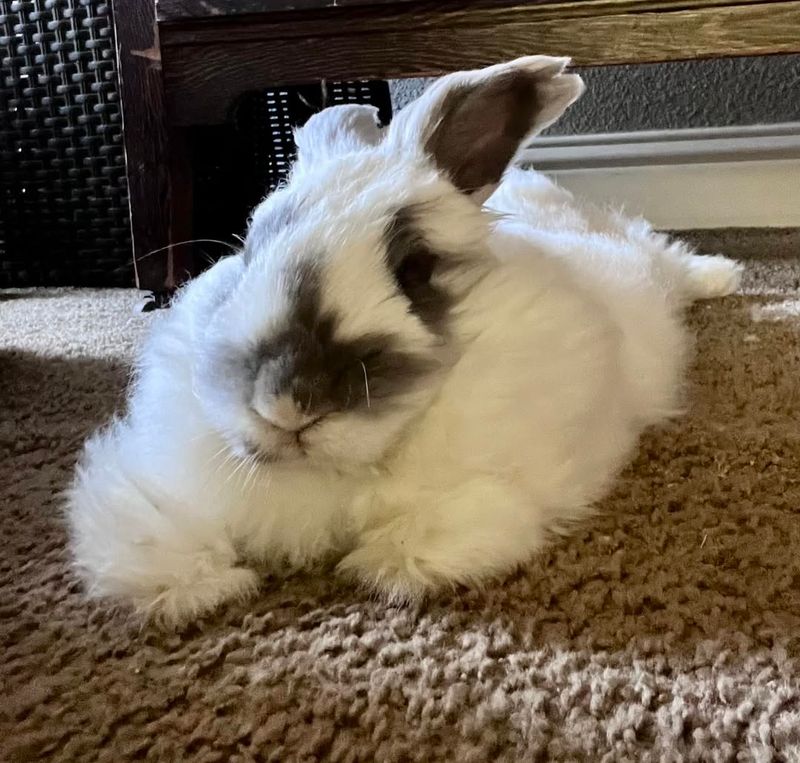
While a thick coat can be a sign of health, it can also hide the early signs of obesity. Underneath all that fluff might be a little extra padding that you weren’t aware of.
It’s essential to feel your pet’s body beneath their fur to check for unusual weight gain. Run your hands along their sides to see if you can feel their ribs. If not, it might be time for a diet check and some extra exercise to ensure your pet’s fluff is all coat and no fat.
Brushing your pet regularly can also help you monitor their weight and keep their coat in top condition. By keeping an eye on the fluff, you’re helping your pet stay healthy and fit, one brushstroke at a time.
11. Paw-sitive Pressure
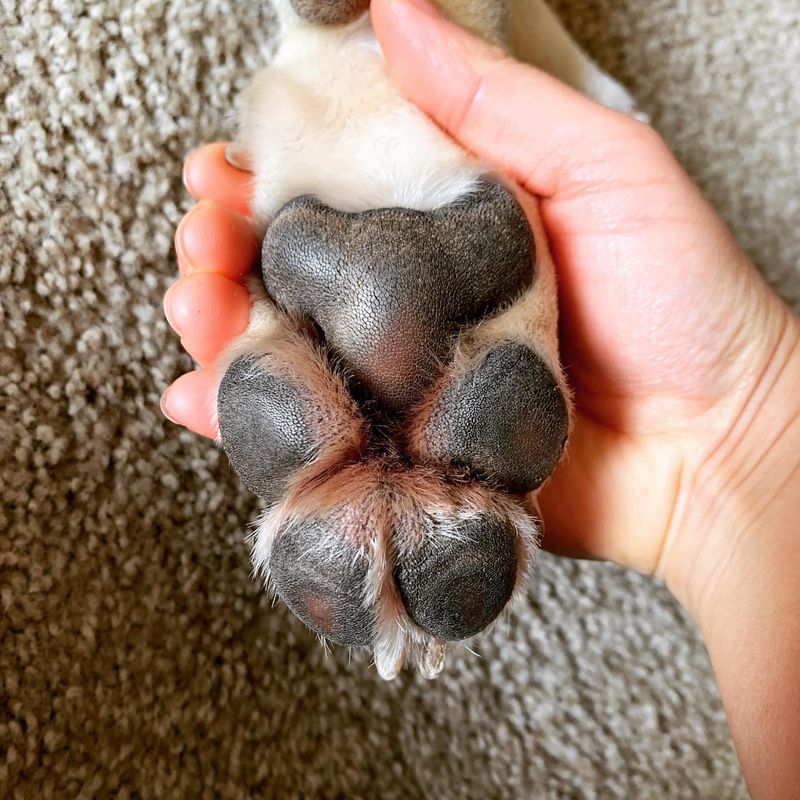
Excess weight can cause additional pressure on your pet’s paws, leading to noticeable changes in their appearance. This paw-sitive pressure can be an early sign that your pet is carrying more weight than they should.
Extra weight places stress on your pet’s limbs, leading to discomfort and potential joint issues. Keeping an eye on their paw pads can help you spot these changes early, ensuring timely intervention and care.
Introduce regular exercise routines tailored to your pet’s needs and consider a specially formulated diet to help them shed those extra pounds. By reducing the pressure on their paws, you’re paving the way for healthier, happier adventures together.
12. Stair Struggles
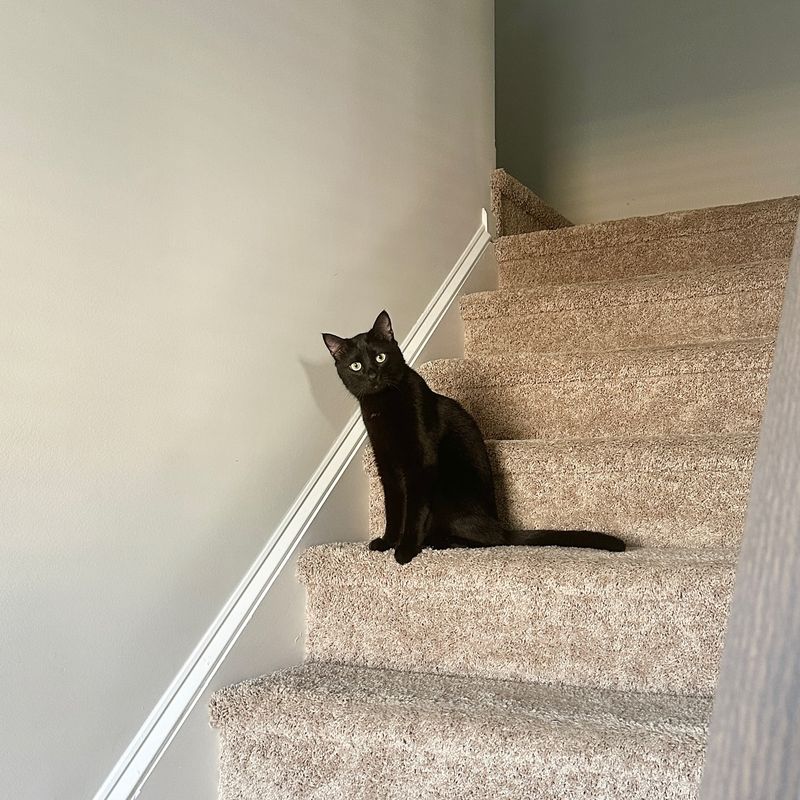
Is your pet acting like stairs are their arch-nemesis? Struggling to climb stairs or hesitating before taking on steps could be a red flag for obesity. When extra weight burdens your pet, even small challenges like stairs can become daunting obstacles.
Stair struggles indicate possible joint pain or reduced mobility, both of which can be exacerbated by obesity. Addressing these issues early can prevent long-term damage and discomfort. Consider providing joint supplements and creating a weight management plan to help your pet regain their stair-climbing confidence.
Encourage gentle exercise and provide a supportive environment to boost their mobility. With patience and commitment, you can help your pet overcome their stair struggles and conquer new heights with ease.
13. Snoring Symphony
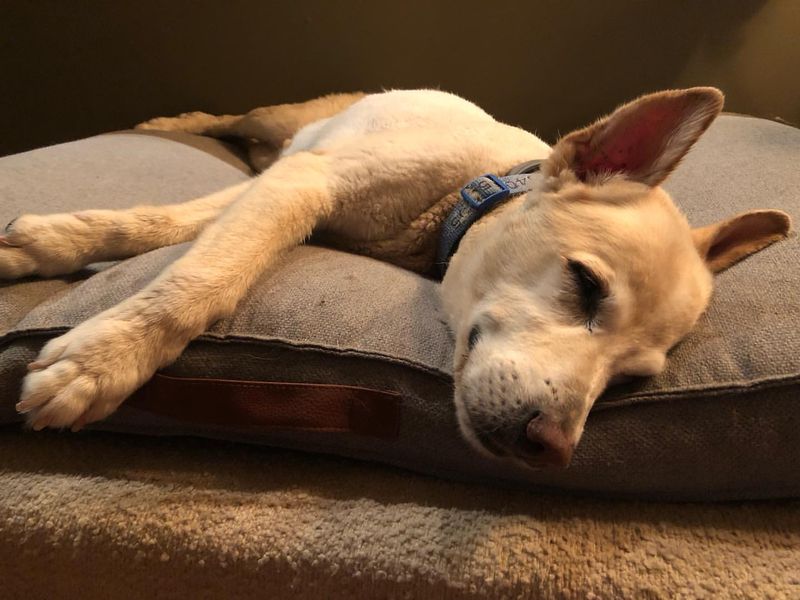
Loud snoring could be a sign that obesity is causing airway obstruction. While it might sound cute, persistent snoring can indicate underlying respiratory issues that need attention.
Excess weight can lead to fat deposits around the throat, narrowing the airway and causing snoring. Monitoring these nighttime noises can help you identify potential obesity-related concerns that require action. Addressing snoring can improve your pet’s sleep quality and overall health.
Implement weight management strategies and consult your vet for advice on improving respiratory health. By silencing the snoring symphony, you’re ensuring your pet enjoys restful nights and energetic days.
14. Collar Conundrum
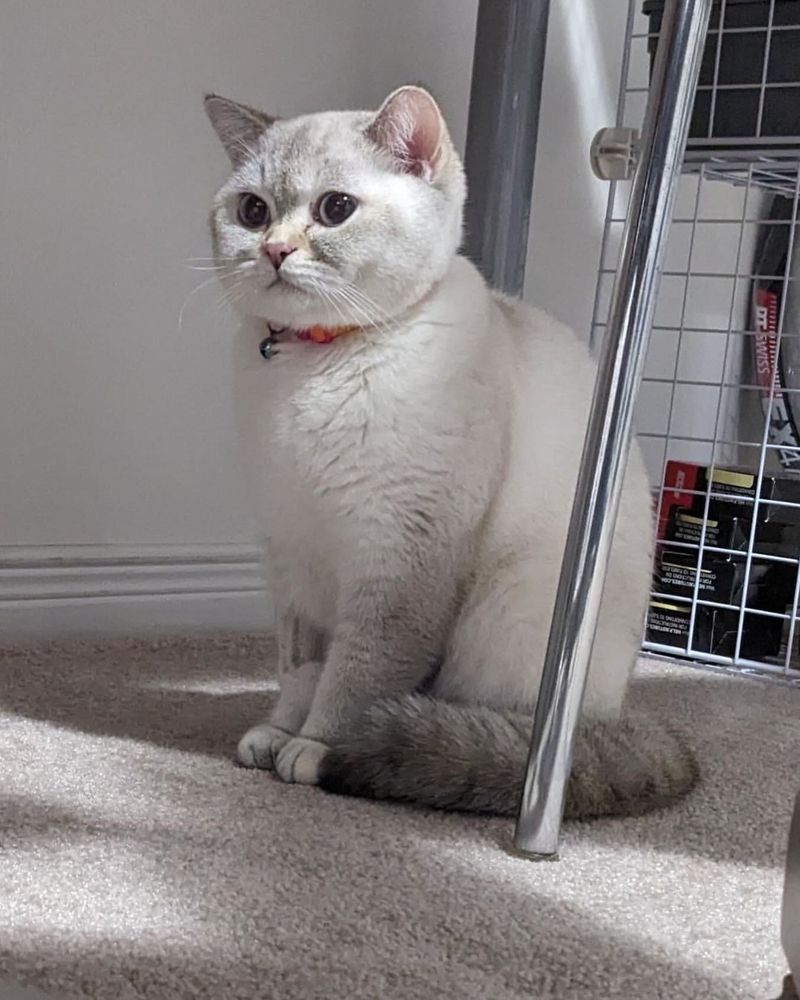
A too-tight collar can be an early warning sign that your pet is gaining weight. As your pet’s neck circumference increases, adjusting their collar might not be enough to address the underlying issue.
Regularly check your pet’s collar fit to ensure it remains comfortable. If it feels tighter, it’s time to assess their diet and activity level. An expanding neck size often accompanies other signs of obesity that require a proactive approach.
Create a balanced diet plan and incorporate exercise to help your pet reach their ideal weight. By resolving the collar conundrum, you’re not just adjusting accessories; you’re promoting a healthier lifestyle for your furry friend.
